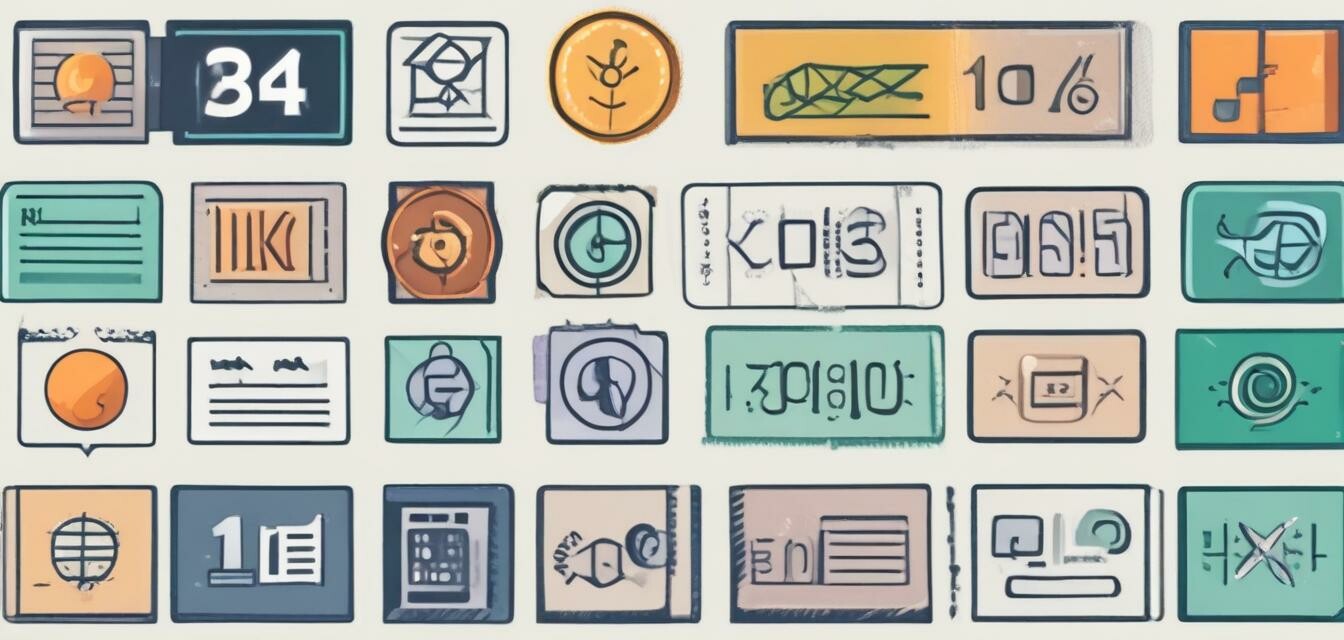
Debt Management: Techniques and Strategies for Reducing Debt
Are you tired of living paycheck to paycheck, with debt weighing you down? You're not alone. Millions of people struggle with debt, but there is hope. With the right techniques and strategies, you can manage and reduce your debt, and start building a stronger financial future.
Key Takeaways:
- Understand the importance of creating a debt management plan
- Learn how to prioritize your debts and create a debt repayment schedule
- Discover the snowball method and the avalanche method for debt reduction
- Find out how to negotiate with creditors and reduce interest rates
Understanding Debt and Its Consequences
Debt can be overwhelming, but it's essential to understand the consequences of not managing it. High levels of debt can lead to:
| Consequence | Description |
|---|---|
| Financial Stress | Debt can cause significant financial stress, affecting your relationships and overall well-being. |
| Credit Score Damage | Missed payments and high credit utilization can damage your credit score, making it harder to get loans or credit in the future. |
| Interest Rate Increases | High levels of debt can lead to increased interest rates, making it even harder to pay off your debts. |
Creating a Debt Management Plan
A debt management plan is a crucial step in reducing debt. Here are the essential steps to create a plan:
- Track your income and expenses: Understand where your money is going and identify areas for reduction.
- Identify your debts: Make a list of all your debts, including the balance, interest rate, and minimum payment.
- Prioritize your debts: Determine which debts to pay off first, based on factors like interest rate and urgency.
- Create a debt repayment schedule: Set a realistic schedule for paying off your debts, including the amount and frequency of payments.

Debt Reduction Strategies
There are two popular debt reduction strategies: the snowball method and the avalanche method.
| Strategy | Description | Pros | Cons |
|---|---|---|---|
| Snowball Method | Pay off debts with the smallest balance first, while making minimum payments on other debts. | Quick wins, momentum, and psychological benefits | May not be the most cost-effective, as high-interest debts may not be prioritized. |
| Avalanche Method | Pay off debts with the highest interest rate first, while making minimum payments on other debts. | Most cost-effective, as high-interest debts are prioritized | May not provide the same psychological benefits as the snowball method. |
Negotiating with Creditors
Negotiating with creditors can help reduce interest rates and fees, making it easier to pay off your debts.
- Communicate with your creditors: Reach out to your creditors and explain your financial situation.
- Request a rate reduction: Ask if they can lower your interest rate or waive fees.
- Consider a debt consolidation loan: If you have multiple debts with high interest rates, a debt consolidation loan may help simplify your payments and reduce interest rates.

Additional Tips for Debt Management
Beginners Section
- Stop using credit cards: Avoid adding new debt while you're trying to pay off existing debts.
- Cut expenses: Identify areas where you can reduce expenses and allocate that money towards debt repayment.
- Consider a side hustle: Increase your income to put more money towards debt repayment.
Conclusion
Debt management requires discipline, patience, and the right strategies. By creating a debt management plan, prioritizing your debts, and negotiating with creditors, you can reduce your debt and start building a stronger financial future.
Pros of Debt Management
- Reduces financial stress
- Saves money on interest rates
- Improves credit score
Cons of Debt Management
- Requires discipline and patience
- May take time to see results
- May require sacrifices in the short-term
For more information on managing debt and building wealth, check out our other resources:
- Budgeting Tools
- Investment Strategies
- Passive Income Opportunities
- Saving for Retirement
- Wealth Building Tips










